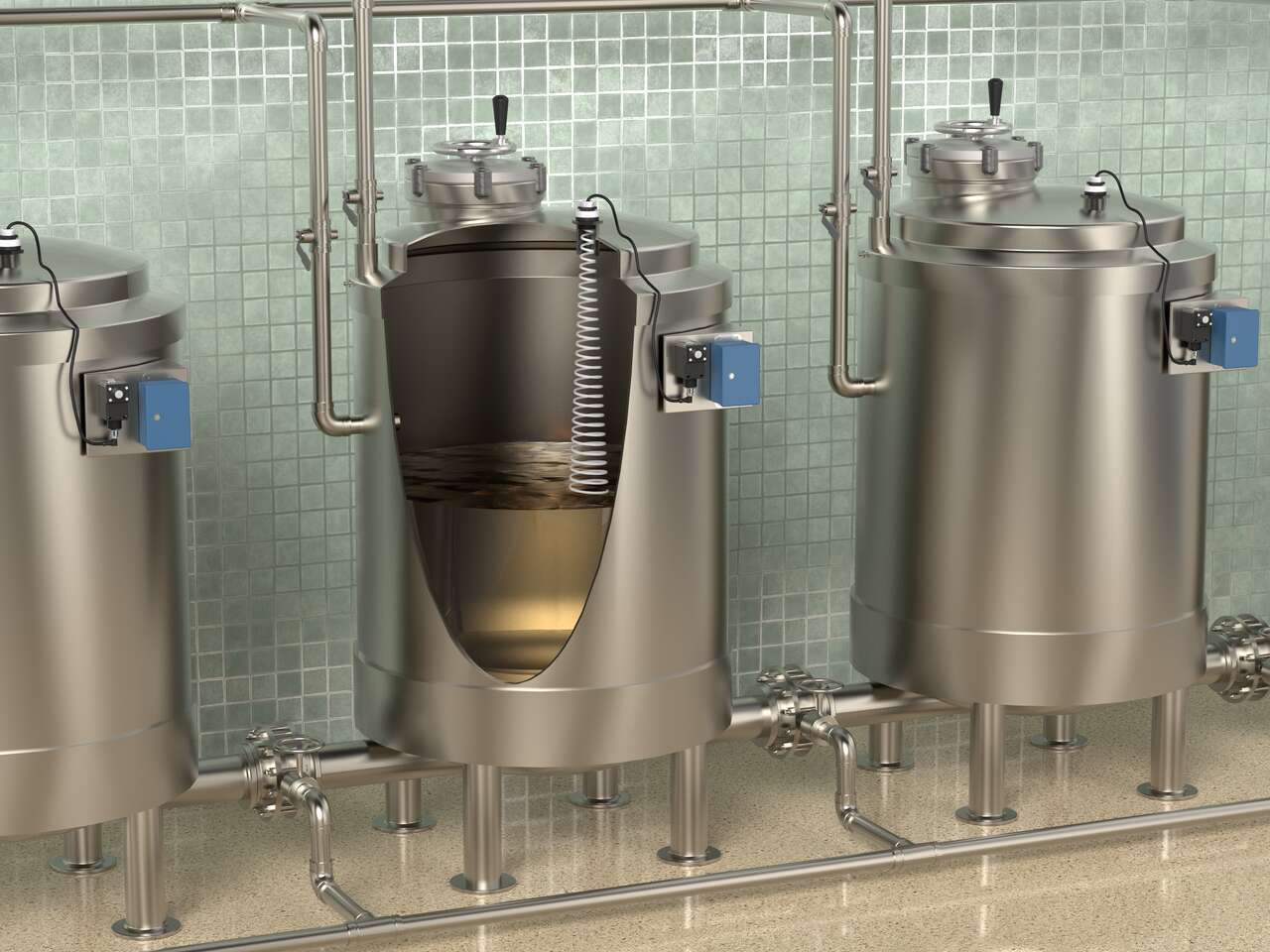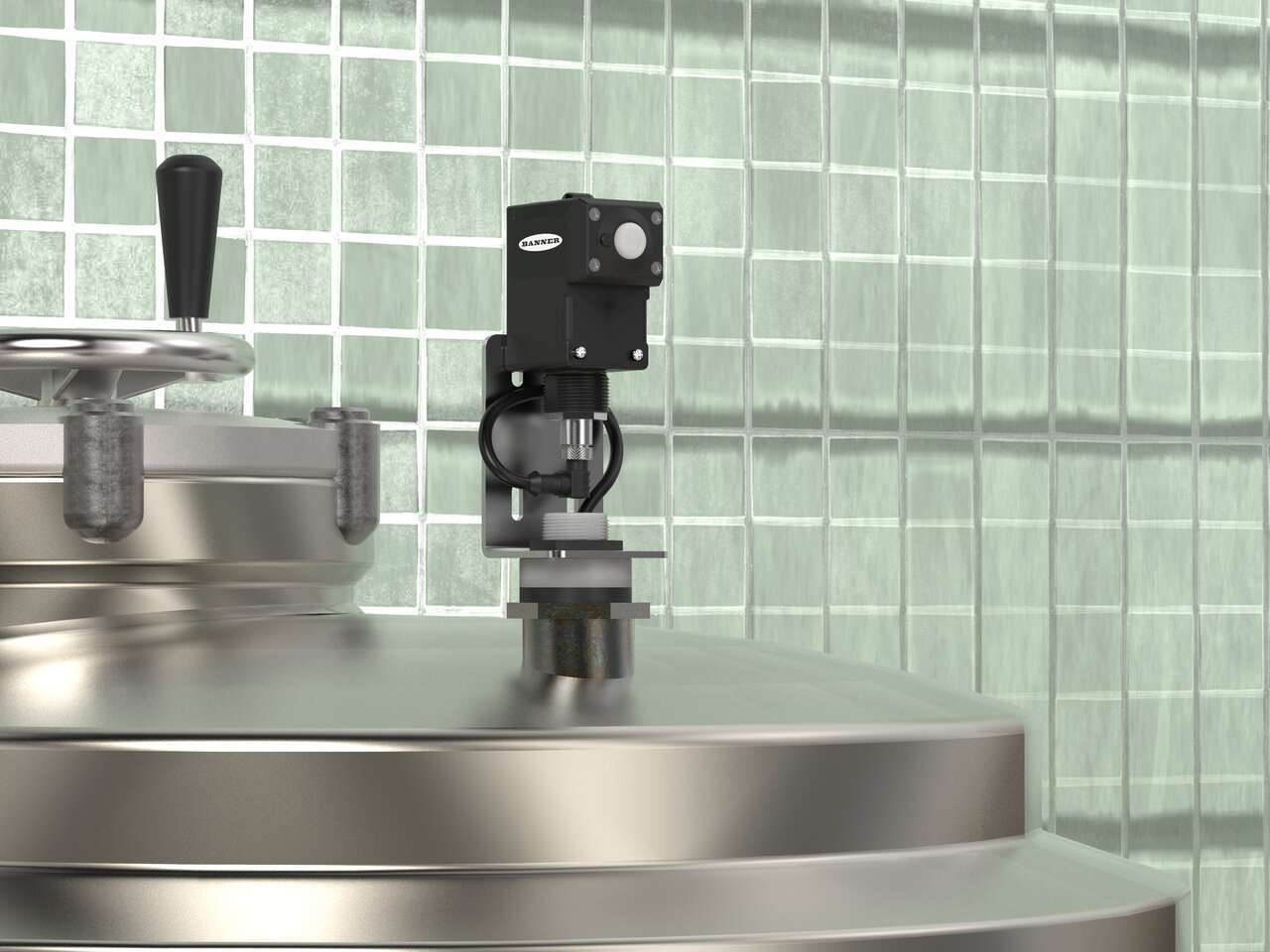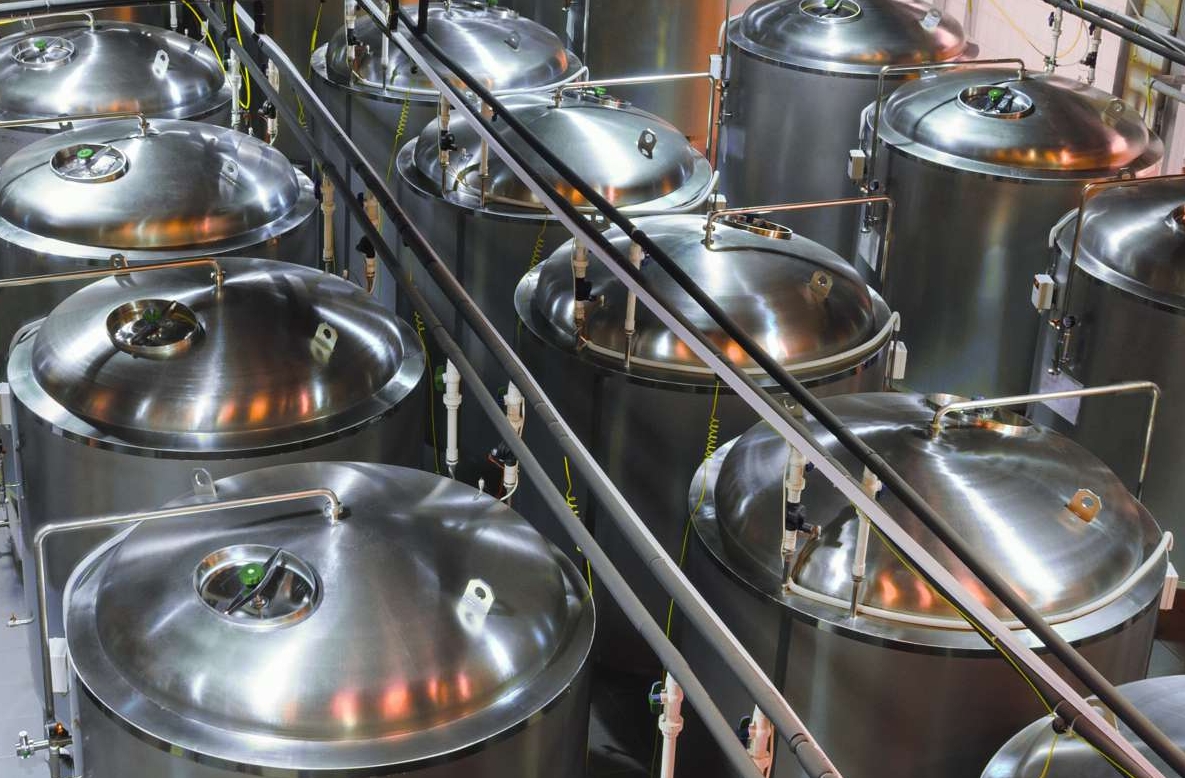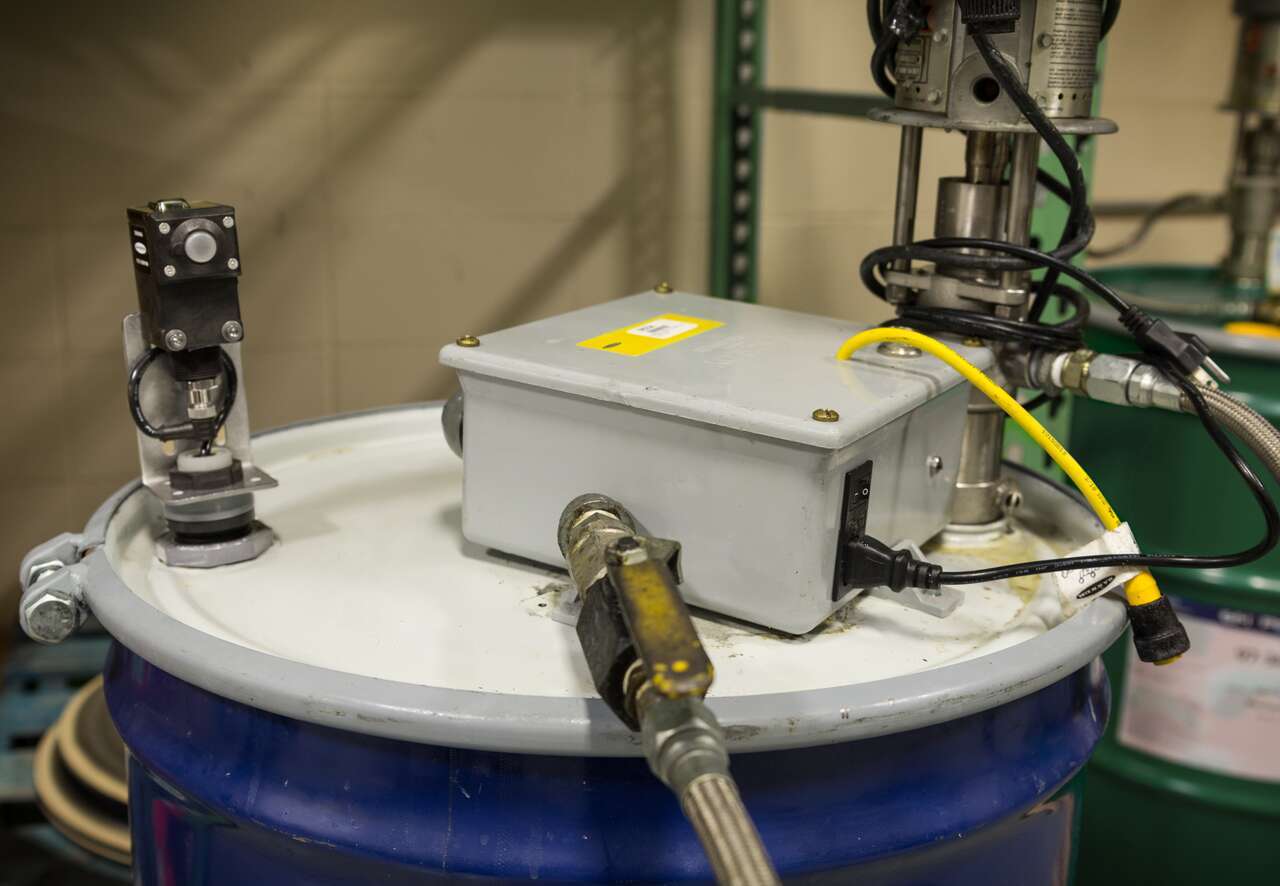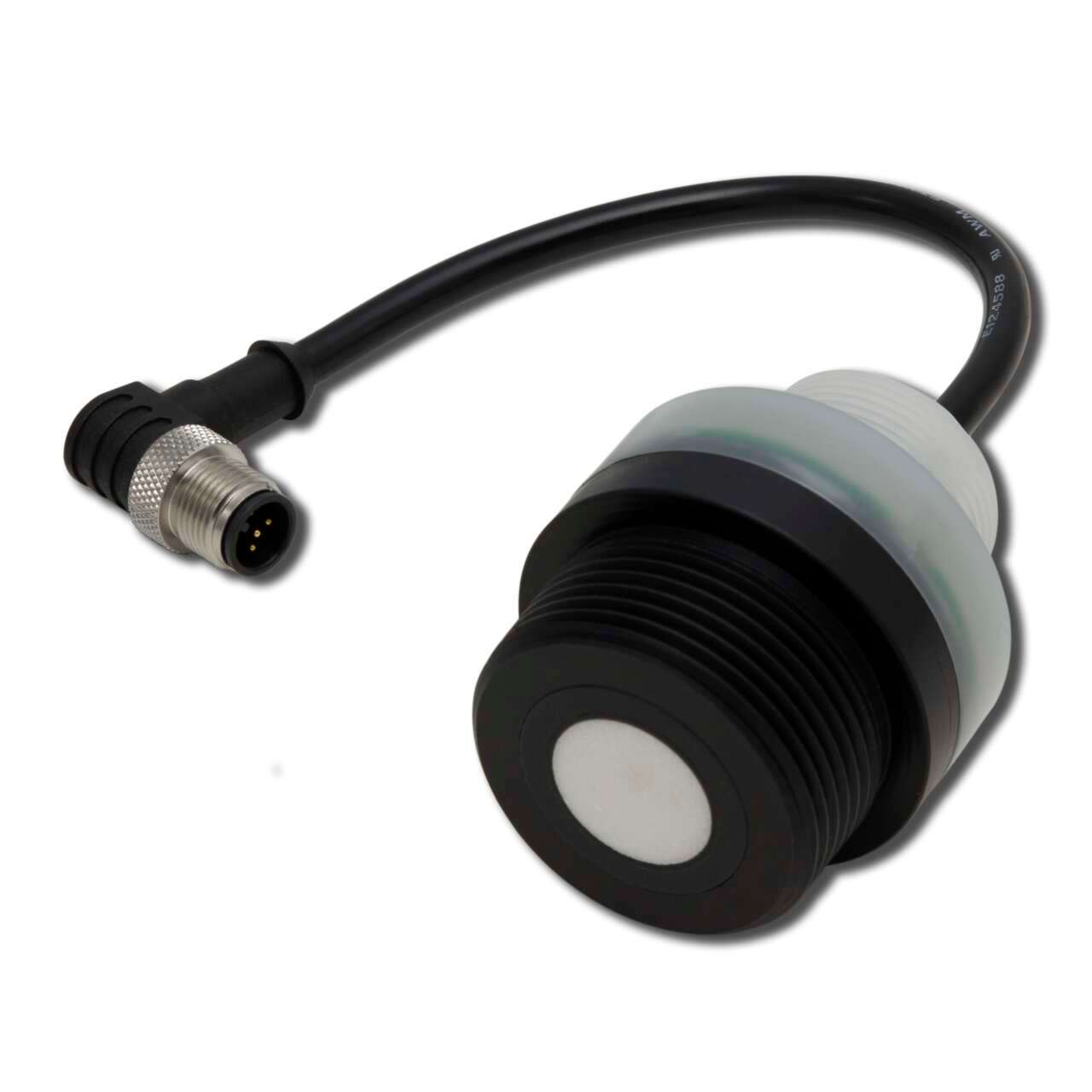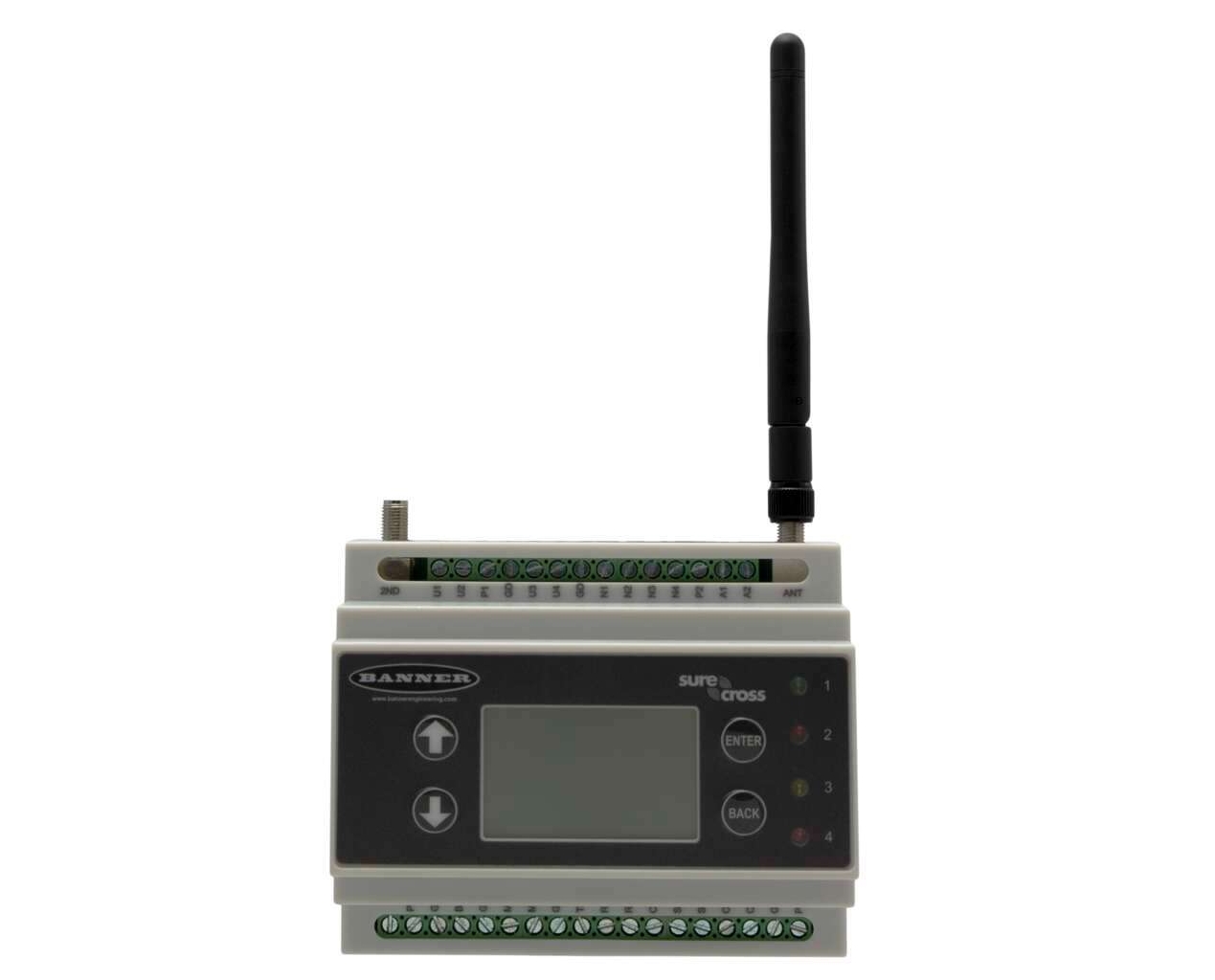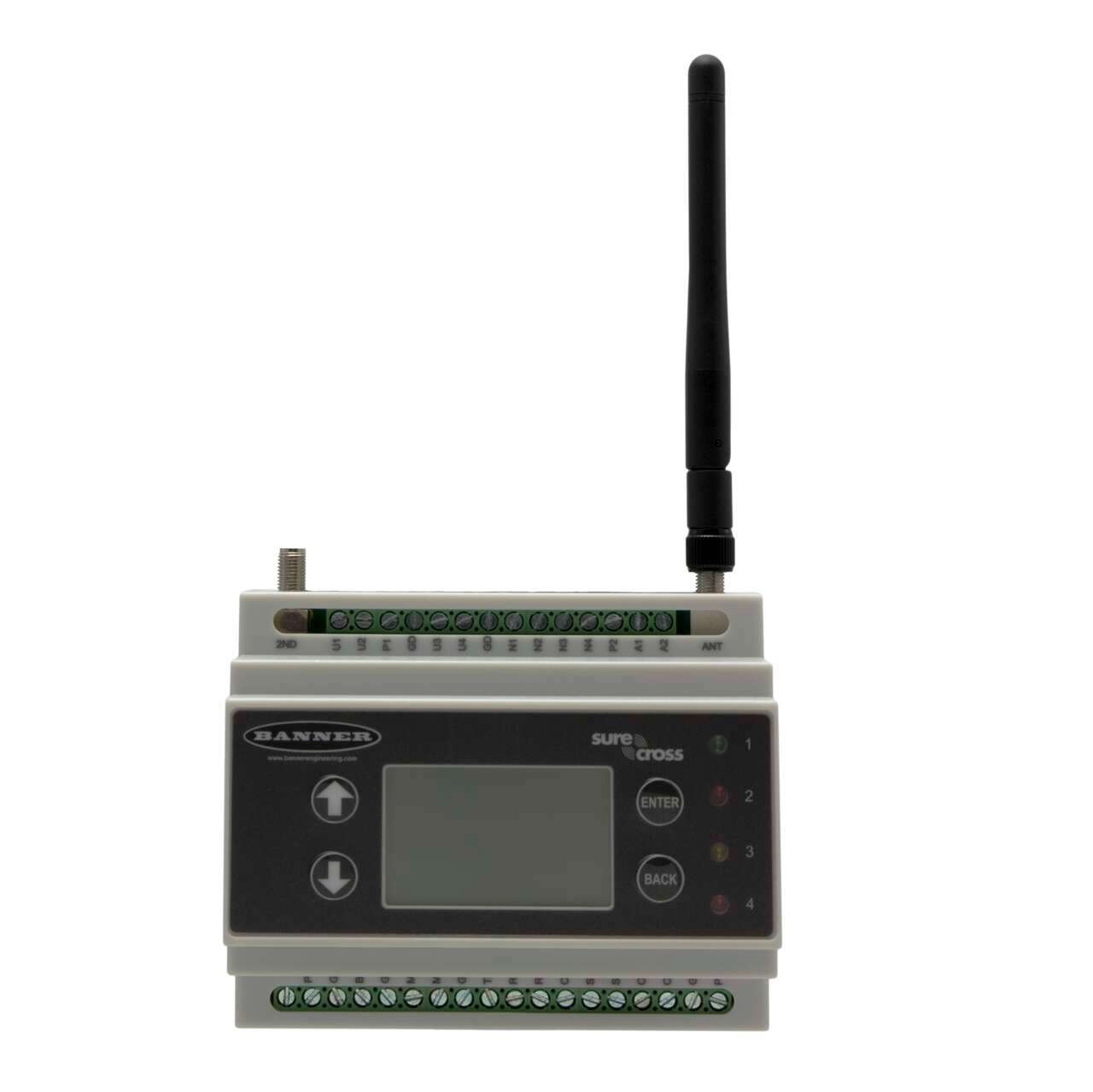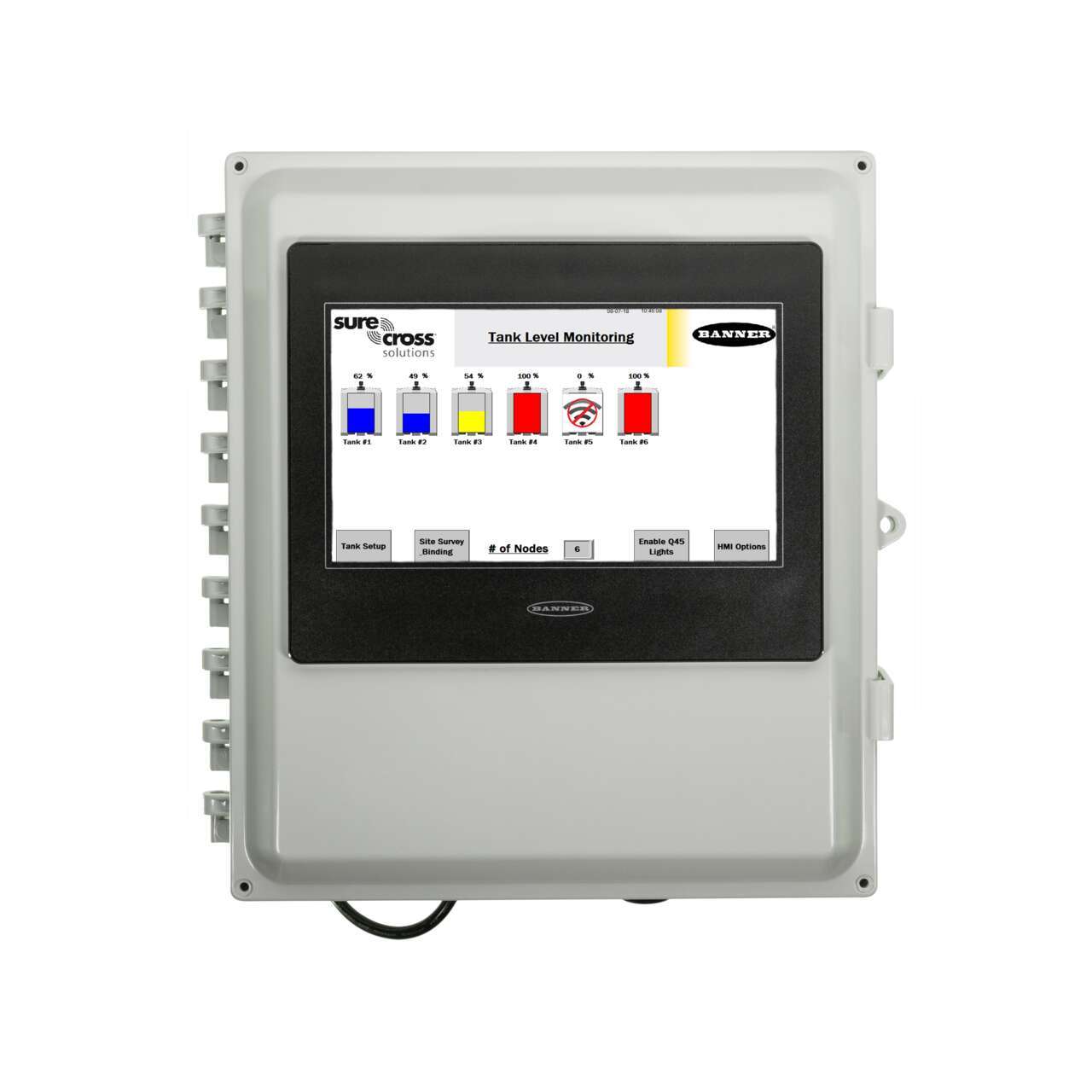Tank Level Monitoring
Predictive Maintenance for Tanks
Storage tanks, totes, and containers can be found in a wide variety of environments, from indoor or outdoor installations to above or below ground deployments.
Properly monitoring and managing levels inside these tanks can help owners and asset managers increase productivity and profitability.
Keep reading to learn more about the benefits of a wireless solution for tank level monitoring.
There are many technologies to choose from that vary in terms of accuracy, reliability, and costs. Visual inspections and measuring sticks may be relatively inexpensive, but they are labor-intensive and prone to error because they rely on manual reporting methods.
More accurate tools, like floats and submersible pressure transducers, are not dependent on human labor to measure levels, which can simplify processes and minimize the risk of error. However, in some applications, a non-contact solution is preferable (for example, when measuring the level of caustic liquids).
A wireless ultrasonic sensor is a great choice for applications where a non-contact solution is needed. These sensors use sound waves to detect objects, so they do not need to come into contact with the materials they are measuring. They are also immune to target color, reflectivity, or transparency. Wireless communications open up additional benefits including saved time and costs, real-time remote monitoring, and adaptability to meet changing requirements.
Quick Commissioning Without Costly Cable Runs
The infrastructure changes required in a wireless system are minimal, far easier, and less costly to implement than a wired system.
In a basic setup, a wireless node is connected to a measuring device, like a wireless ultrasonic sensor, and installed on the container. Each node in the network is bound to a wireless gateway or controller with an integrated gateway. Next a site survey is conducted to verify the connection between the deployed nodes and the gateway.
The system is then configured, and inspection parameters and alarm thresholds are set. A system like this can monitor many containers and can be set up in a fraction of the time and at a much lower cost than a wired system.
Improve Efficiency with Real-Time Alerts
With connected devices, asset managers can easily access tank level data in real time. improving both efficiency and productivity. For example, with real time monitoring of remote containers, managers can strategically plan visits based on actual need instead of sending staff to a site based on forecasted expectations of container levels. This saves time and costs while ensuring that tanks are full and processes are running smoothly.
In addition, automated alerts can be setup to notify staff of potential issues, minimizing emergencies when a tank runs dry or overflows. A real-time remote monitoring system can alert personnel via text or email if tank levels are outside of the established thresholds, and it allows them to respond to these conditions before they become critical.
Maintain the Flexibility to Make Changes Quickly
Business needs can change over time and companies may need to add or move containers at a site to keep up with new demands. Wireless networks are versatile, scalable, and adapt easily to changing requirements. They are also flexible enough to monitor both fixed and portable assets.
With a wireless system, containers can be moved as often as needed without altering the system or disconnecting the measuring device, which means containers can be monitored even while in transit. New nodes from new containers can be integrated into the existing network, or a new network can be deployed to accommodate a new group of tanks without the time and labor commitments of altering a wired network.
Wireless Ultrasonic Sensor for Tank Monitoring
Il sensore a ultrasuoni Sure Cross® U-GAGE® K50U può essere utilizzato in una varietà di ambienti per misurare la distanza tra un bersaglio e il sensore. È stato è progettato per essere utilizzato con un nodo wireless o un dispositivo radio multihop Banner, per realizzare una soluzione wireless economica e facile da usare per il monitoraggio di serbatoi e contenitori mobili o in remoto.
- I modelli con portata di rilevamento standard (300 – 3000 mm) sono adatti per la misurazione e il monitoraggio del livello di serbatoi in una vasta gamma di applicazioni
- I modelli a corta portata di rilevamento (100 – 1000 mm) offrono una maggiore precisione di misurazione in piccoli contenitori e in applicazioni con limitazioni di spazio
- Compensazione della temperatura integrata
- Struttura robusta, adatta a condizioni ambientali difficili, con grado di protezione IP67
Wireless Controller for IIoT Applications
I moduli di controllo wireless industriali serie DXM sono progettati per facilitare la connettività Ethernet e l'installazione di applicazioni IIoT (Industrial Internet of Things).
- Dispositivi radio ISM disponibili nella banda 900 MHz e 2,4 GHz per la rete locale wireless
- Converte Modbus RTU in Modbus TCP/IP o Ethernet I/P
- I moduli di controllo logici possono essere programmati utilizzando regole e metodi a linguaggio testuale
- Scheda micro SD per la registrazione dei dati
- Avvisi e-mail e testuali
- Modem per connettività cellulare
For Tank Level Monitoring
I kit Wireless Solutions sono soluzioni per il monitoraggio delle risorse facili da usare e completamente integrate, in grado di rispondere alle necessità di applicazioni specifiche Sono progettati per consentire anche a personale poco esperto di configurare una rete wireless, raccogliere dati remoti e creare strumenti di visualizzazione, avvertimenti e allarmi.
- Non richiedono programmazione. Basta collegare il dispositivo, associare i nodi nell'interfaccia HMI, installare sensori e nodi e cominciare a raccogliere i dati
- Comprende il modulo di controllo wireless preprogrammato DXM700, l'interfaccia touch-screen HMI da 10,1" preprogrammata e uno switch Ethernet a 5 porte per uso industriale
- L'interfaccia HMI è dotata di display grafico e mostra i dati raccolti, i livelli di riferimento, le soglie, gli avvertimenti e gli allarmi
